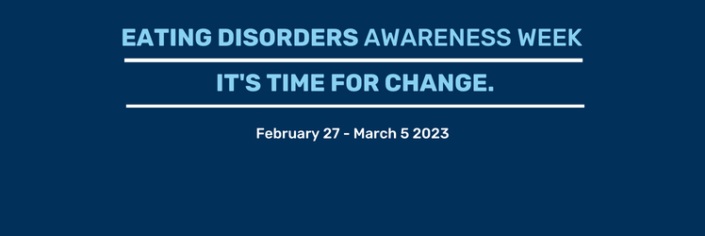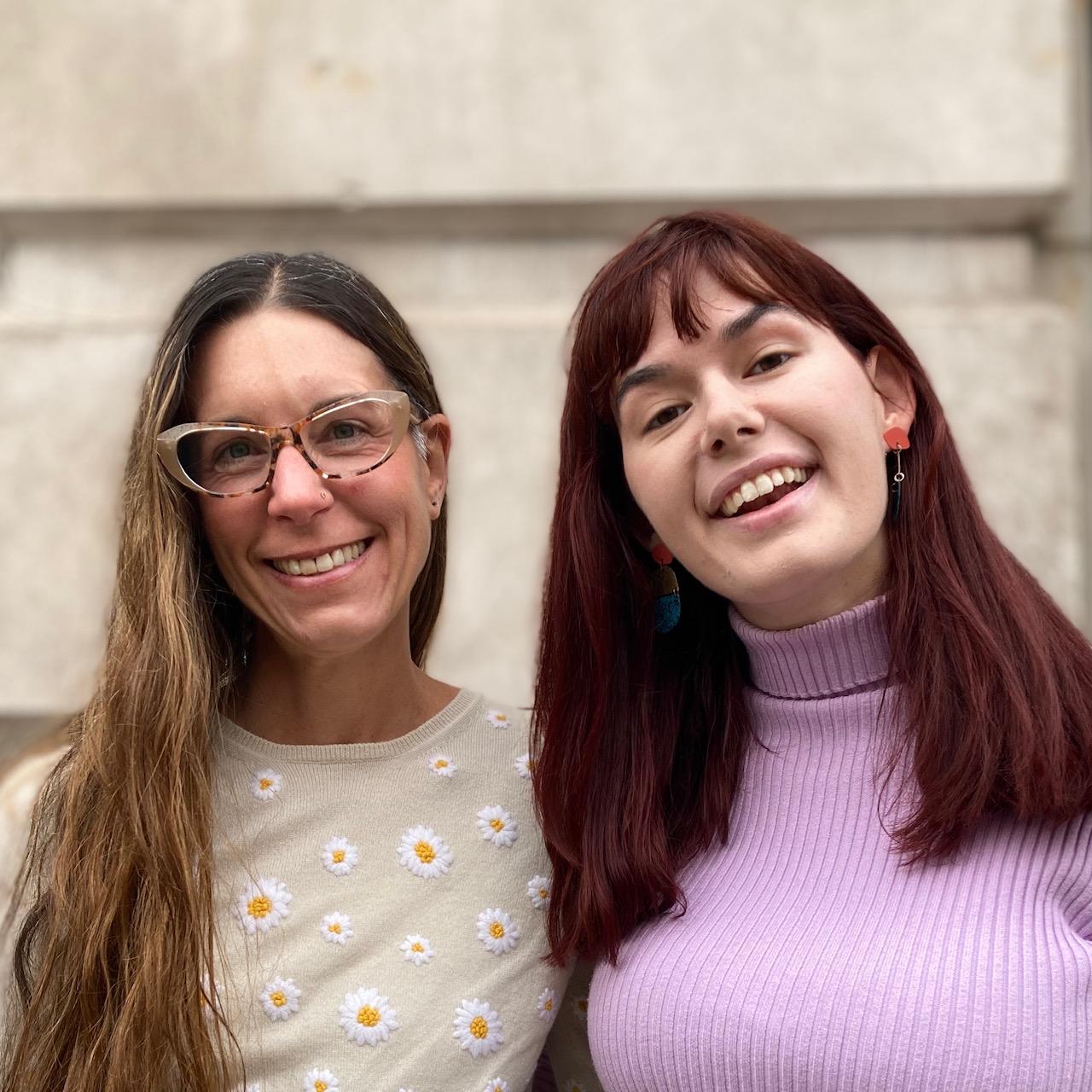We have both been there. In our late teens, anorexia took control of our lives. We were each trapped in cycles of perfectionism that were tearing our minds and bodies apart. Luckily, thanks to therapy and the unwavering support of family, friends, and treatment teams, we have been able to rebuild healthy relationships with our bodies and our self-image.
While we each faced doubts during the battle with anorexia, we never doubted whether we could have an eating disorder. We looked like the people with eating disorders that we – and our doctors, therapists, families, and friends – saw depicted in the media. Every character was just like us – a young, thin, White woman.
28.8 million Americans will suffer from an eating disorder at some point in their lives. Eating disorders are the second most fatal mental illness, after opioid addiction.
Eating disorders affect people of all ages, races, genders, sexualities, and sizes. But do TV and film capture the range of individuals with eating disorders? We decided to find out.
We compiled a dataset of nearly 100 characters in TV and movies since the 1980s who have eating disorders and then compared their demographics with national statistics on eating disorder prevalence.
Our findings confirmed our fears – eating disorders have an image problem. Media representation does not accurately reflect the population of people with eating disorders. The majority of characters with eating disorders were thin straight White girls under 30. Ten percent of the characters were men, though we know that in the US males make up a third of those with bulimia and a quarter of those with anorexia. Only 6 percent of characters were plus-sized, despite the fact that less than 6 percent of people with eating disorders are medically underweight.
Despite media representation, eating disorders are not limited to young people. In 2021, an estimated 13 percent of women over 50 had eating disorder symptoms and while the peak age for anorexia was 26, for others like bulimia and binge eating disorder, peak ages were 47 and 70. But in our dataset, a mere 8 percent of characters were in their 40s and only 1 percent was over 50.
The LGBTQ+ community was extremely underrepresented. Less than 5 percent of characters were LGBTQ+ and none were trans. In reality, eating disorders are more common and severe among LGBTQ+ individuals. Over 40 percent of men with eating disorders are gay.
People of color were also missing. Over 80 percent of characters were White. There were 20 times more White characters with bulimia than Latinx characters, yet Latinx and White Americans actually exhibit similar rates of bulimia. And, compared to White peers, Black adolescents are 50 percent more likely to engage in bulimic behaviors. We found no media portrayals of Indigenous individuals with eating disorders.
Underrepresentation is dangerous because life imitates art. Since eating disorders are viewed as feminine, men are less likely to seek eating disorder treatment and diagnostic tools are typically designed with women in mind. Although Black individuals often experience anorexia for longer periods than White individuals, they are less likely to be diagnosed. For older women, who are less likely to be diagnosed with eating disorders, the health consequences are often more damaging, making diagnosis and treatment even more important.
Accurate representation and recognition is more important than ever. During the COVID-19 pandemic, eating disorders have skyrocketed. In order for individuals to receive the treatment and support they need, they must first recognize that they can have an eating disorder.
Maya Ewart is a public policy researcher from Virginia. She attended the University of Virginia, where she received her bachelor’s degree in psychology and master’s degree in public policy. Her personal battle with anorexia in high school motivated her to research and raise awareness of the misconceptions and barriers to care surrounding eating disorders.
Lucy Bassett is a Professor of Practice at the University of Virginia’s Batten School of Leadership and Public Policy and co-founder of the non-profit organization, ChildArise. Her work focuses on improving the lives of children around the world. With experience in numerous international organizations, as a pre-K teacher, and raising three incredible kids of her own, Lucy is passionate about helping children develop and thrive. Having overcome anorexia first in her late teens and then again in adulthood, she is eager to contribute to building a better understanding of eating disorders and finding ways to prevent and address them among all populations.





